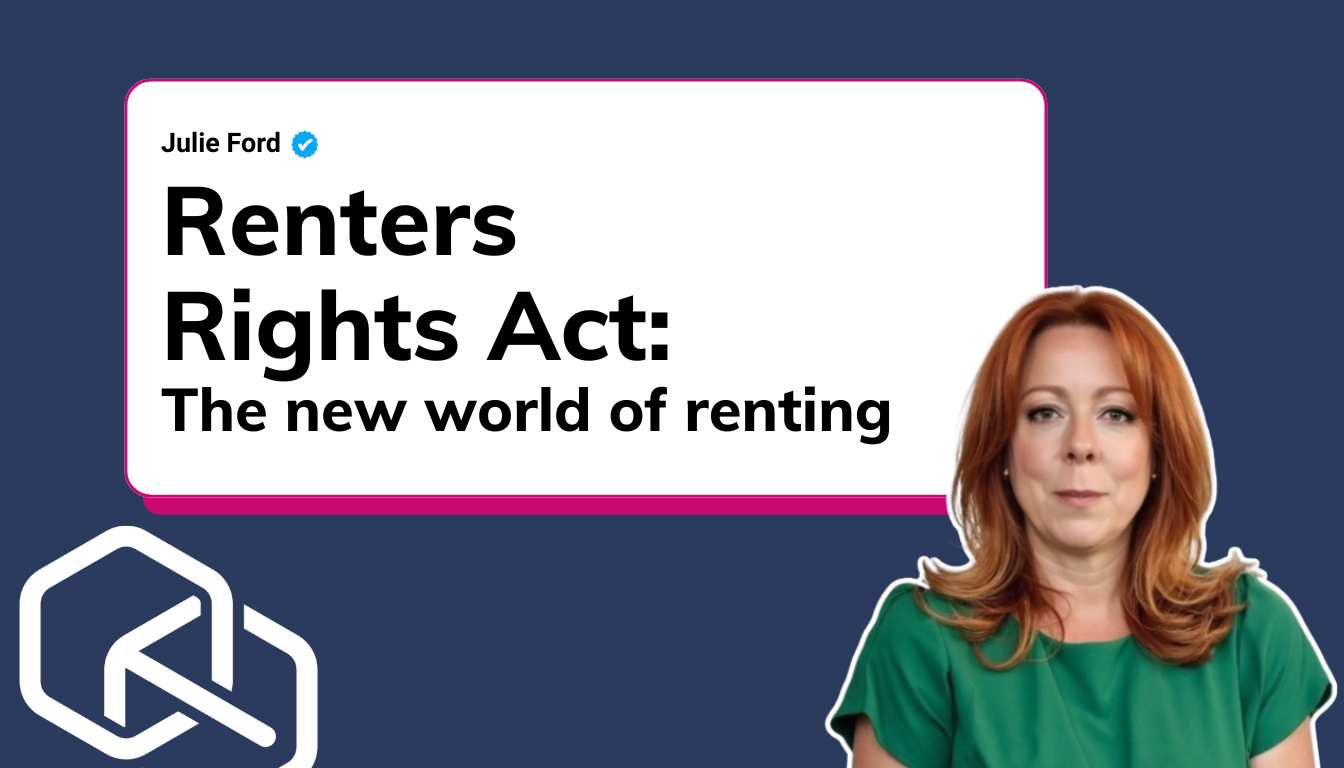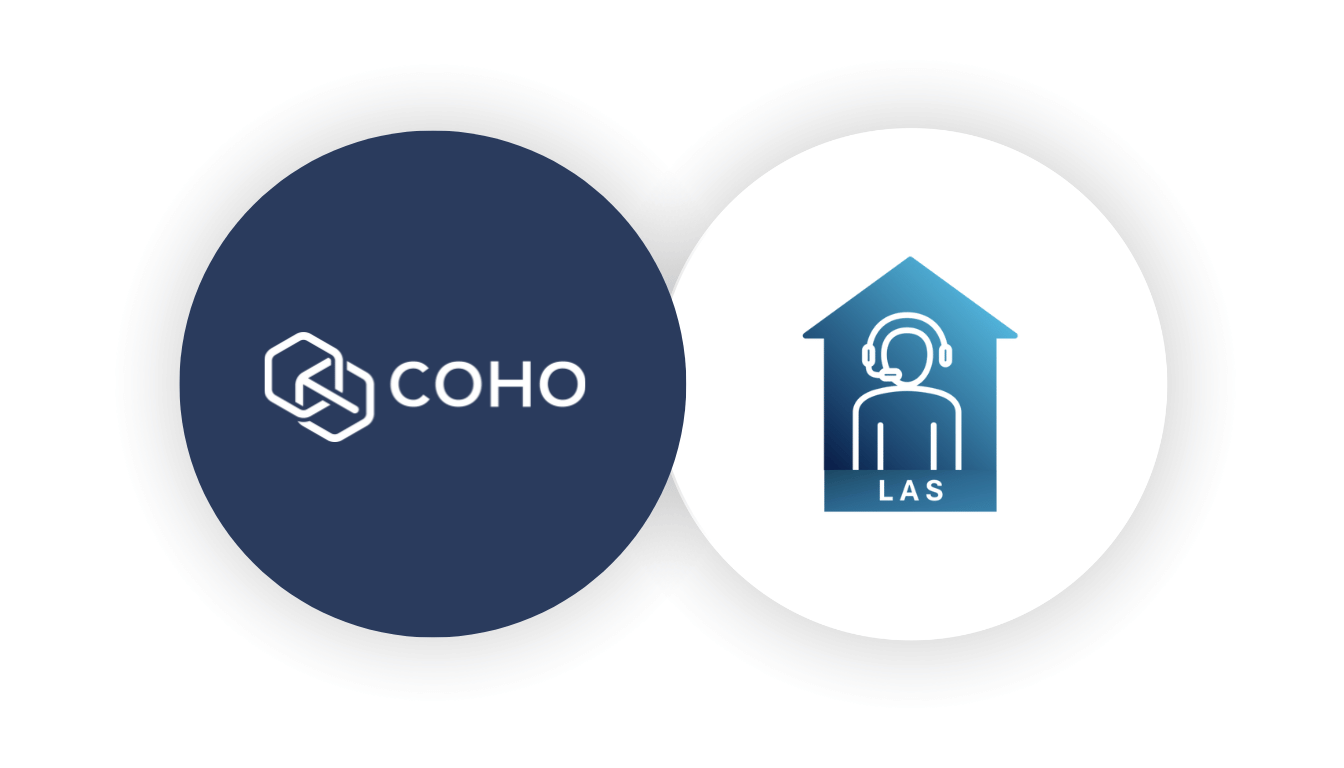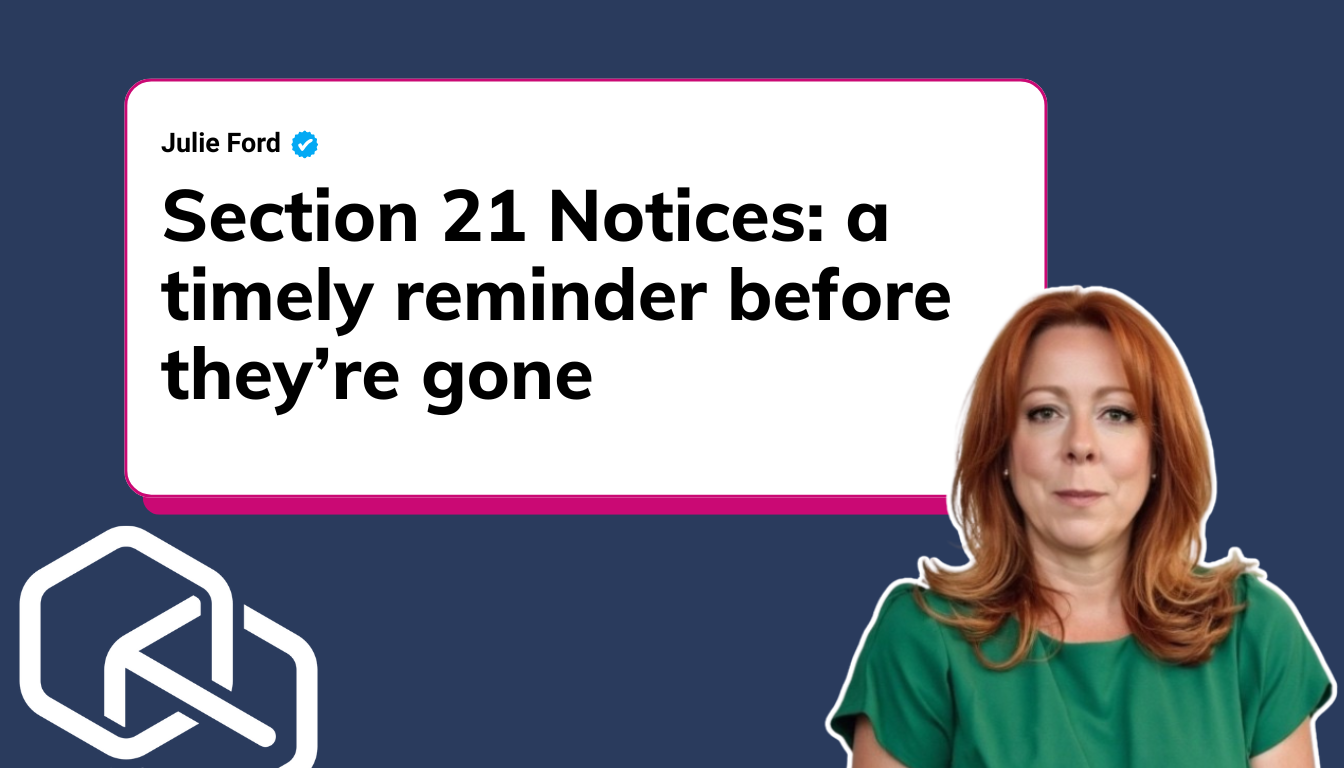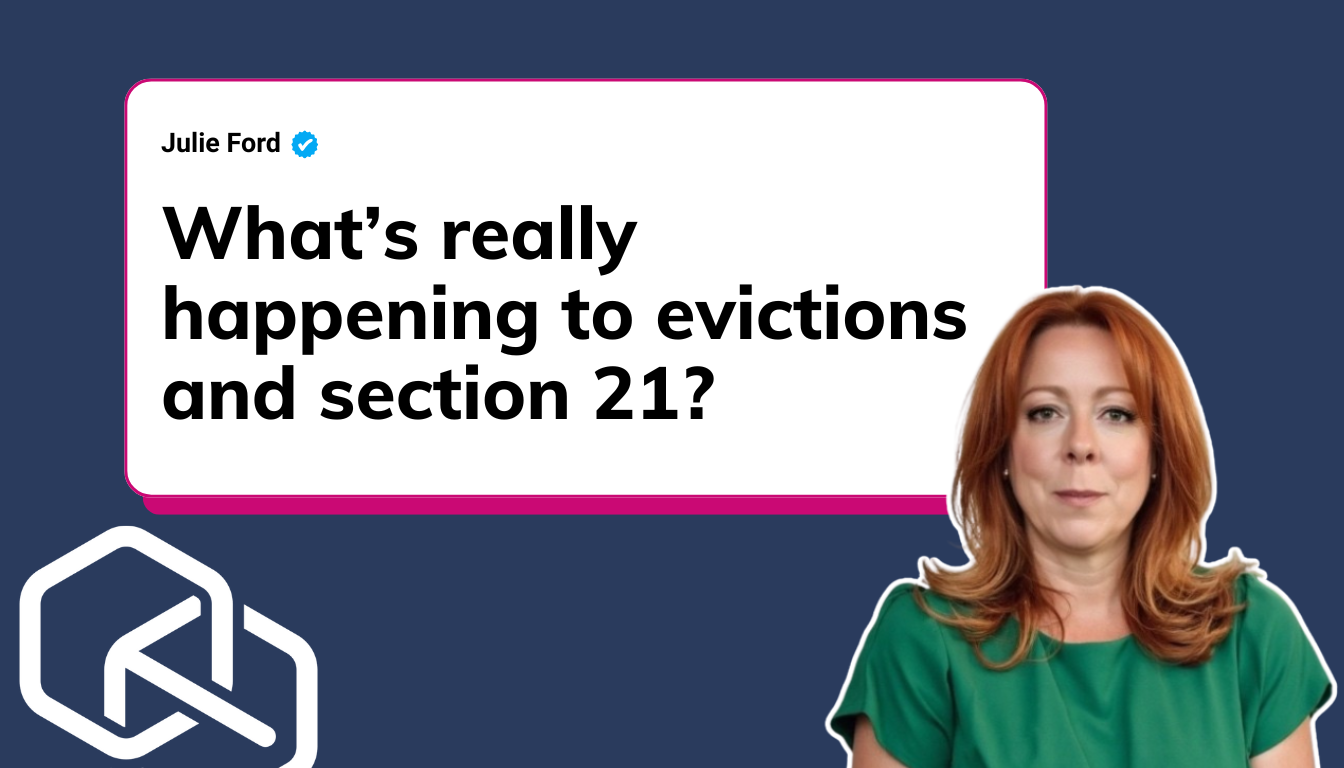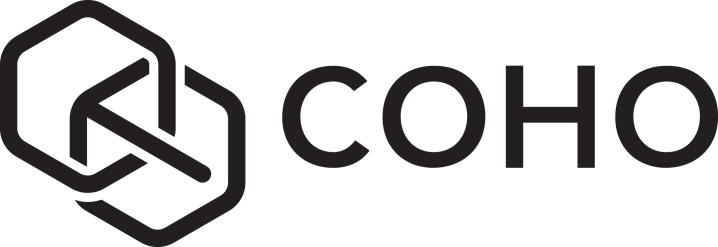As the Renters’ Rights Bill advances through the legislative process, it’s becoming very clear that landlords, particularly those managing HMOs will face substantial challenges, but with any change in landscape there are always opportunities that can be found.
The reforms target key issues such as licensing, maintenance, tenant protections, and compliance. These changes, while well-intentioned, will have a significant impact on the industry, with many accidental landlords choosing to exit all together. However, as with most things, having the right tools in the tool box can make the job at hand that much easier, turning risk into opportunity. You can try to whack a nail into the wall with the back of a spoon, or you can do it in two ticks with a hammer. Modern, feature-rich property management software can be a multiplier of existing resources, helping landlords thrive – despite the unavoidable regulatory changes.
Impact on single let houses vs. HMOs
The Bill has far-reaching implications for all landlords, but the level of complexity and the subsequent administrative burden is significantly heightened for those managing HMOs. With more tenants, stricter licensing requirements, and detailed safety obligations, HMO landlords face unique pressures. Let’s break down a few of the critical areas of the bill where having the right software for the job can alleviate these pressures.
Safety and property conditions: The decent homes standard (DHS) and Awaab’s law
The Bill tightens regulations around property safety and conditions. Local authorities will be able to issue improvement notices if HMOs fail to meet safety standards, including fire safety, overcrowding, and general disrepair. Landlords who fail to comply with these notices could be subject to a civil penalty or even criminal prosecution. Awaab’s Law, specifying reaction and turnaround times on damp and mould issues, is also expected to come into effect. For HMO landlords, implementing and maintaining compliance and fault reporting across all their properties can be a logistical challenge, to say the least.
How Technology Can Help: COHO allows landlords to stay on top of compliance automatically creating recurring tasks that cannot be dismissed without the compliance certificate being added. You can schedule recurring checks, track maintenance issues, and ensure that every room in an HMO is up to the required standard. Additionally, if you’re managing the tenants, automated tenant communication features allow you to respond promptly to maintenance requests or safety concerns, reducing the risk of receiving enforcement notices or worse, being reported to the Private Rented Sector Landlord Ombudsman. COHO centralises these communications so that nothing slips through the cracks, ensuring faster and more organised responses to tenant issues, and giving an audit trail to demonstrate that everything has been done correctly.
Tenant protections and evictions
The Renters’ Rights Bill will see the abolition of Section 21 no-fault evictions. However, evictions in HMOs can be particularly complex due to the shared nature of the accommodation, and landlords will now have to comply with very specific legal grounds to remove tenants.
With rolling tenancies, HMO landlords may have less certainty around when tenants will leave, making it harder to plan for refurbishments or prepare for new tenants. It could also reduce the ability of landlords to solve the culture in an HMO where there are misaligned tenant groupings.
How Technology Can Help: COHO puts a lot of emphasis on helping you find the right tenant to begin with, and nip problems in the bud by tracking tenant behaviour and complaints efficiently. The viewing and onboarding features come with pre-qualification questionnaires where you can ensure the tenant is a good fit, and the built-in referencing can guarantee what they’ve said regarding affordability and their past is correct.
The software helps create a documented timeline of tenant issues, which will be crucial if landlords need to justify eviction on specific grounds, such as rent arrears or anti-social behaviour. Furthermore, COHO’s tenant management tools ensure that you have clear visibility of every tenant’s payment and communication history, making the legal process smoother and better documented in the event of disputes.
Rent controls and affordability
Rent control measures proposed include the capping of in-tenancy rent increases to once per year to whichever is lowest: the market rate or the amount proposed by the landlord. It also seeks to prevent bidding wars, whereby landlords and agents will not be allowed to accept rents above the listed rate. In addition, the mandatory rent arrears ground has been amended whereby landlords are not allowed to act on rent arrears in the first three months of arrears. As many stakeholders have pointed out, this could be disastrous for landlords who may themselves fall into arrears if not receiving their rent as and when it’s due.
How Technology Can Help: In response to these changes, COHO has released a Rent Review feature, as keeping on top of increasing rents proportionately at allowed intervals becomes extremely important. Not only can you track the rent of a tenant, but also the achievable rent of a property to compare how your portfolio is performing.
COHO also has built-in rent control, allowing you to set your own process and in a single click send out all reminders. This creates a credit control audit log that, when needing to serve a section 8, you have all the evidence you need.
Final thoughts
The Renters’ Rights Bill undoubtedly adds complexity to HMO management, but the right software for this new era of ‘landlording’ will make all the difference between losing your grip versus remaining compliant, in control and above all, profitable. The challenges will be equally faced by all landlords, but the demand for housing is only growing. The landlords that no longer have the stamina to meet the new changes will make way for the growth of those who do.
As the Renters’ Rights Bill advances through the legislative process, it’s becoming very clear that landlords, particularly those managing HMOs will face substantial challenges, but with any change in landscape there are always opportunities that can be found.
The reforms target key issues such as licensing, maintenance, tenant protections, and compliance. These changes, while well-intentioned, will have a significant impact on the industry, with many accidental landlords choosing to exit all together. However, as with most things, having the right tools in the tool box can make the job at hand that much easier, turning risk into opportunity. You can try to whack a nail into the wall with the back of a spoon, or you can do it in two ticks with a hammer. Modern, feature-rich property management software can be a multiplier of existing resources, helping landlords thrive – despite the unavoidable regulatory changes.
Impact on single let houses vs. HMOs
The Bill has far-reaching implications for all landlords, but the level of complexity and the subsequent administrative burden is significantly heightened for those managing HMOs. With more tenants, stricter licensing requirements, and detailed safety obligations, HMO landlords face unique pressures. Let’s break down a few of the critical areas of the bill where having the right software for the job can alleviate these pressures.
Safety and property conditions: The decent homes standard (DHS) and Awaab’s law
The Bill tightens regulations around property safety and conditions. Local authorities will be able to issue improvement notices if HMOs fail to meet safety standards, including fire safety, overcrowding, and general disrepair. Landlords who fail to comply with these notices could be subject to a civil penalty or even criminal prosecution. Awaab’s Law, specifying reaction and turnaround times on damp and mould issues, is also expected to come into effect. For HMO landlords, implementing and maintaining compliance and fault reporting across all their properties can be a logistical challenge, to say the least.
How Technology Can Help: COHO allows landlords to stay on top of compliance automatically creating recurring tasks that cannot be dismissed without the compliance certificate being added. You can schedule recurring checks, track maintenance issues, and ensure that every room in an HMO is up to the required standard. Additionally, if you’re managing the tenants, automated tenant communication features allow you to respond promptly to maintenance requests or safety concerns, reducing the risk of receiving enforcement notices or worse, being reported to the Private Rented Sector Landlord Ombudsman. COHO centralises these communications so that nothing slips through the cracks, ensuring faster and more organised responses to tenant issues, and giving an audit trail to demonstrate that everything has been done correctly.
Tenant protections and evictions
The Renters’ Rights Bill will see the abolition of Section 21 no-fault evictions. However, evictions in HMOs can be particularly complex due to the shared nature of the accommodation, and landlords will now have to comply with very specific legal grounds to remove tenants.
With rolling tenancies, HMO landlords may have less certainty around when tenants will leave, making it harder to plan for refurbishments or prepare for new tenants. It could also reduce the ability of landlords to solve the culture in an HMO where there are misaligned tenant groupings.
How Technology Can Help: COHO puts a lot of emphasis on helping you find the right tenant to begin with, and nip problems in the bud by tracking tenant behaviour and complaints efficiently. The viewing and onboarding features come with pre-qualification questionnaires where you can ensure the tenant is a good fit, and the built-in referencing can guarantee what they’ve said regarding affordability and their past is correct.
The software helps create a documented timeline of tenant issues, which will be crucial if landlords need to justify eviction on specific grounds, such as rent arrears or anti-social behaviour. Furthermore, COHO’s tenant management tools ensure that you have clear visibility of every tenant’s payment and communication history, making the legal process smoother and better documented in the event of disputes.
Rent controls and affordability
Rent control measures proposed include the capping of in-tenancy rent increases to once per year to whichever is lowest: the market rate or the amount proposed by the landlord. It also seeks to prevent bidding wars, whereby landlords and agents will not be allowed to accept rents above the listed rate. In addition, the mandatory rent arrears ground has been amended whereby landlords are not allowed to act on rent arrears in the first three months of arrears. As many stakeholders have pointed out, this could be disastrous for landlords who may themselves fall into arrears if not receiving their rent as and when it’s due.
How Technology Can Help: In response to these changes, COHO has released a Rent Review feature, as keeping on top of increasing rents proportionately at allowed intervals becomes extremely important. Not only can you track the rent of a tenant, but also the achievable rent of a property to compare how your portfolio is performing.
COHO also has built-in rent control, allowing you to set your own process and in a single click send out all reminders. This creates a credit control audit log that, when needing to serve a section 8, you have all the evidence you need.
Final thoughts
The Renters’ Rights Bill undoubtedly adds complexity to HMO management, but the right software for this new era of ‘landlording’ will make all the difference between losing your grip versus remaining compliant, in control and above all, profitable. The challenges will be equally faced by all landlords, but the demand for housing is only growing. The landlords that no longer have the stamina to meet the new changes will make way for the growth of those who do.





